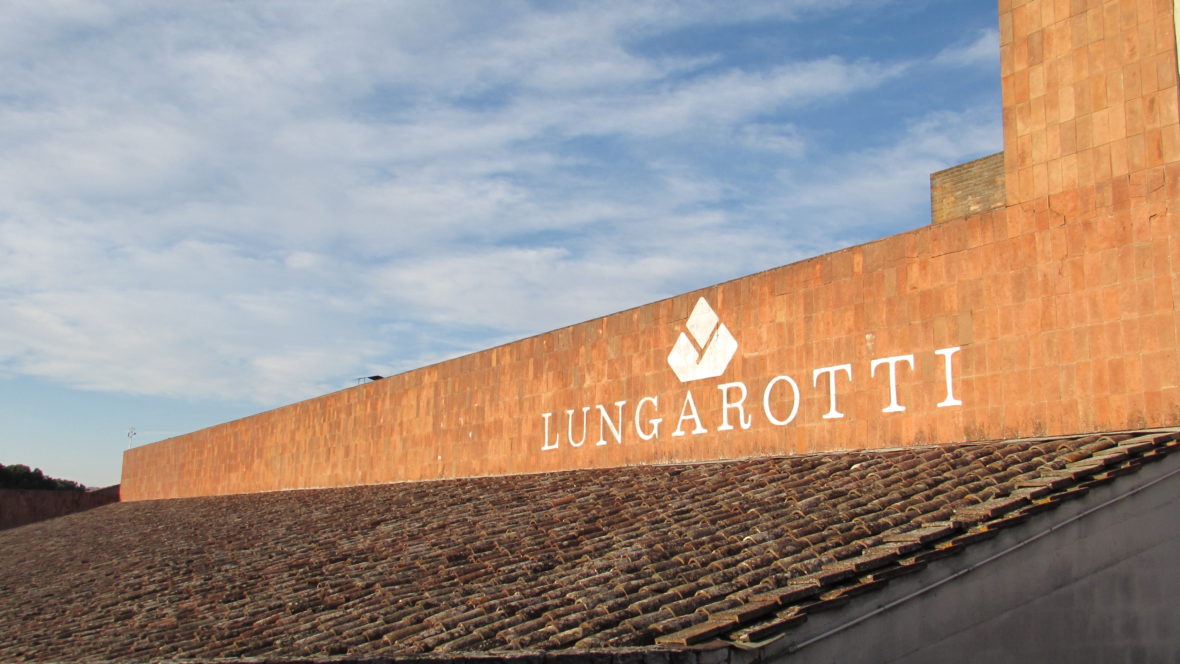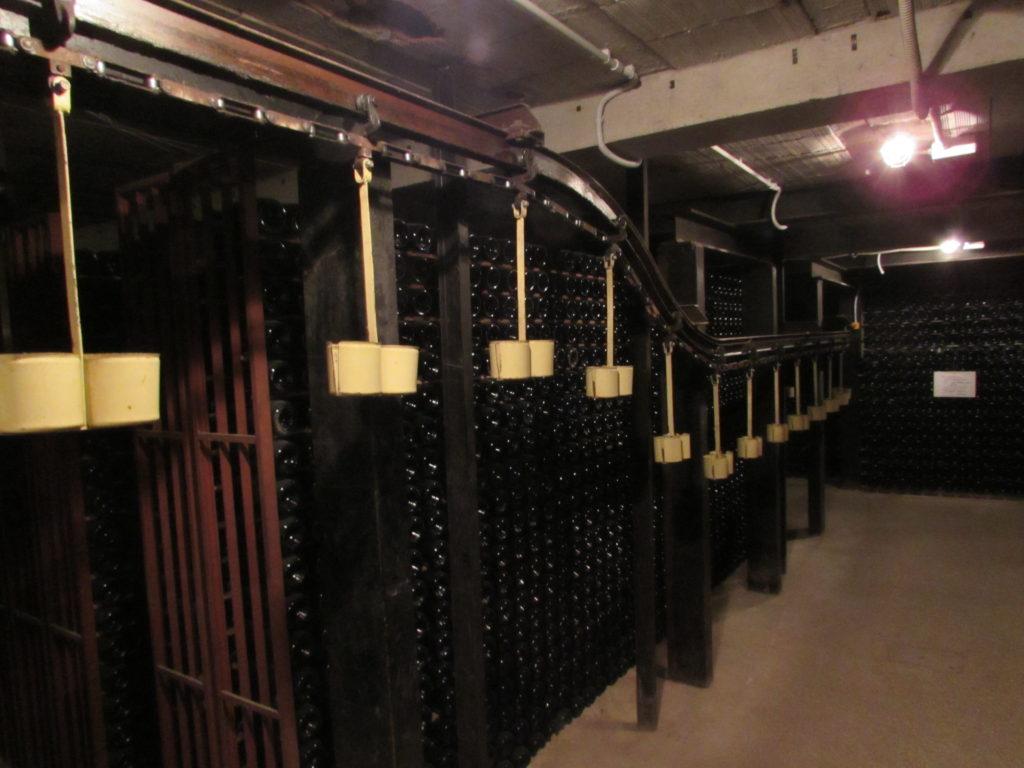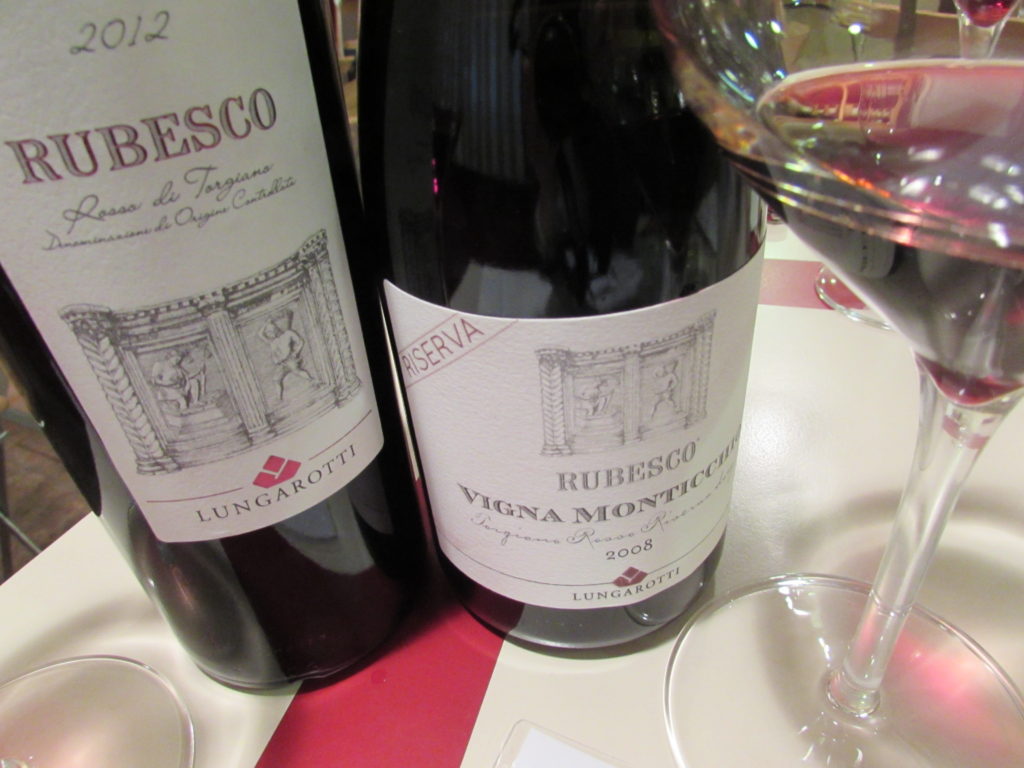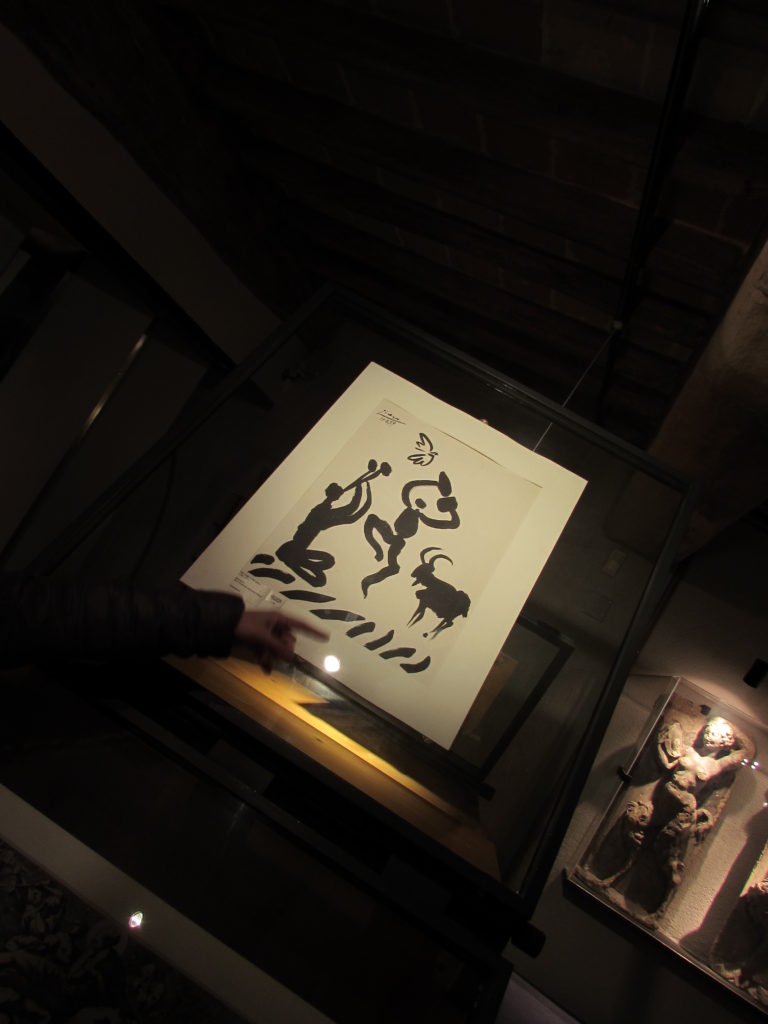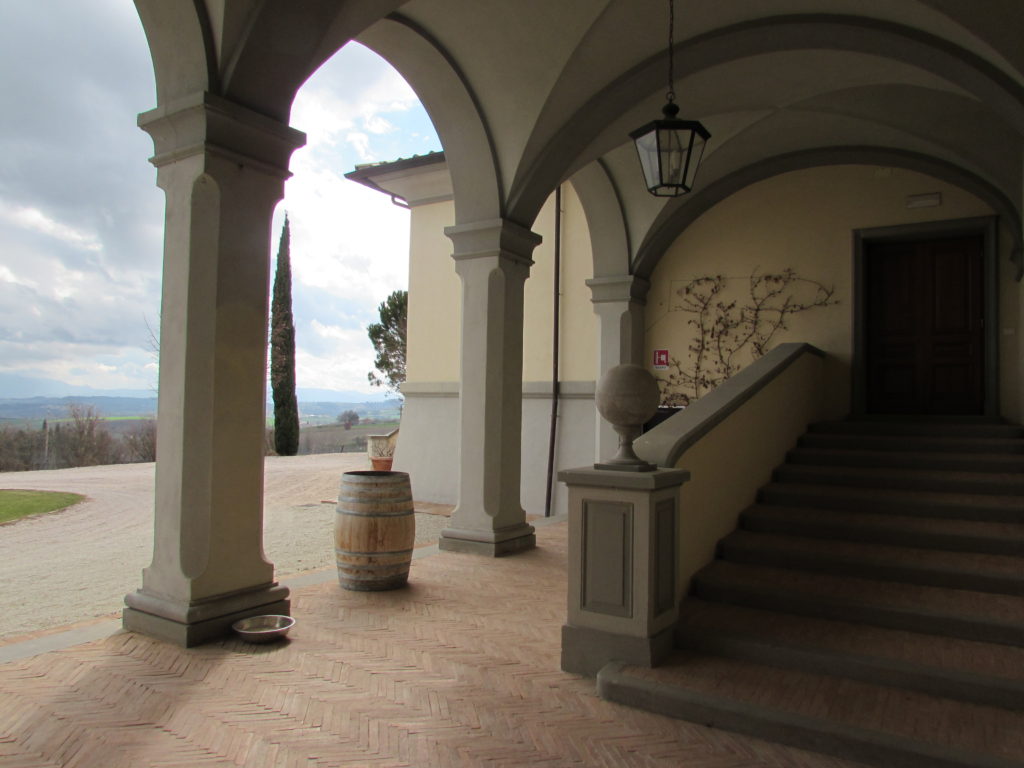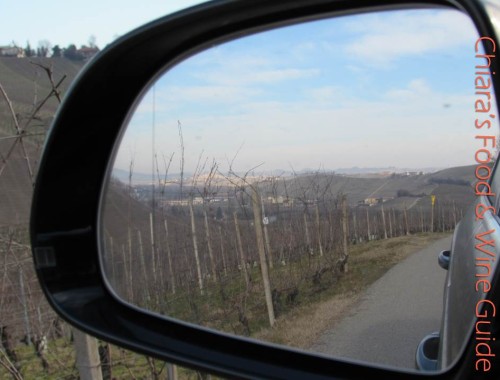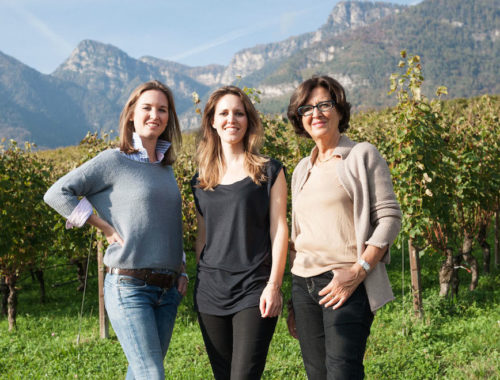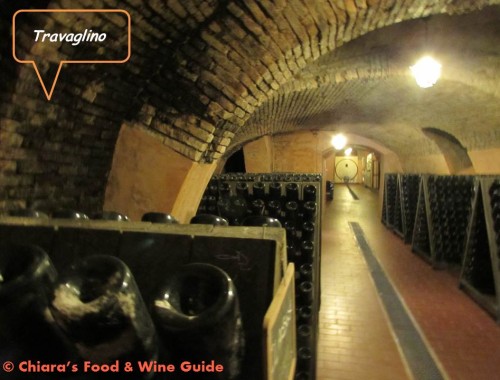I have recently written an article about Umbria region (central Italy), published on the russian portal FromItaly.ru, being in russian I am happy to share it in english.
Each revolution, each territory, each story has a father. A visionary who has the courage to believe in utopic developments. Some of these developments produce a powerful echo. In the Italian wine world we can think of “Super Tuscan” phenomenon (imposing red wines from Tuscany inspired to the French style also meant to break a situation in deadlock). Some others are thin but equally effective.
It is true for Umbria region too, in central Italy, “the green heart of Italy” as often defined and as I have learnt by the regional delegation of the AIS (Italian Sommelier Association). Umbria is mainly hilly, characterized by a continental weather and by the lake influence; it is closed to Tuscany and it shares with it a very popular Italian grape: the red Sangiovese! Sangiovese is the grape (different clones) of the notorious Tuscan reds (such as Chianti, Brunello, Vino Nobile and so on) because, even if this grape is spread all over Italy, Tuscany is its realm. But, I have to highlight the crucial role this variety has assumed here in Umbria too.
In fact, Sangiovese itself is the main character of the renaissance of Umbria which occurred in the 60s (also) thanks to the red wine “Rubesco” produced by Lungarotti family. A wine mainly made of Sangiovese with this fantasy name (Rubesco) which -in italian language- recalls the flush caused on the face caused by drinking wine.
Rubesco is much more than a wine, it has been a revolution because Umbria -in the 60s- was still characterized by backwardness and -even worst- by skepticism regarding wine production! Rubesco broke the wall of the local closure to look towards Europe considering that, right in that period, a common regulation about production of quality wines was born. As the professor Manuel Vaquero Piñeiro clears in his book about the history of the Umbria as wine region, the most were skeptical regarding this European regulation fearing the homogenisation, while Giorgio Lungarotti (founder of Lungarotti wine group) took it as a chance! What’s more, mr. Giorgio paved the way to new opportunities opening a Wine Museum (in the 70s) thanks to the sensitivity of his wife Maria Grazia. This has been another revolution as -at that time- it was the only one example in Italy, revealing the cultural, historic and touristic side of the wine world.
The museum treasures important pieces related to several eras starting from the 3.000 B.C. on and ranging from the technical side to the cultural one including evidences such as importance of wine for Etruscan who used to represent the deads with a cup of wine; the evolution from ceramic cups to glass, the use of wine for medical and wellness purposes if mixed with herbs; the different role of Greek and Roman gods as well as relevant documents and the more recent prints about the wine world realized by some of the most important artists. The museum is located in the medieval village of Torgiano, in the ancient palace Graziani Baglioni, which already included a private wine production area still available to the public who can see the old tools used to make wine in the past. It clearly represents a cultural, artistic and educational path appreciated all over the world and, for example, defined as the best one in Italy by the NewYorkTimes too.
But to discover more about Lungarotti wines one should visit their estates and taste their different lines ranging from the local varieties up to some international ones also used to produce a sparkling wine.
I have to start mentioning the estate in Torgiano where everything was born and where the notorious Rubesco is produced: the basic version is easy drinking, fresh and suitable to everyday meal, while the Riserva version is much more complex: it is released after a very long maturation period (minimum 5 years): fruity, silky and absolutely persistent with a refreshing final. Among the others, two different complex whites are also available such as “Torre di Giano” as important as Rubesco from the white point of view and made of local grapes (Vermentino, Trebbiano, Grechetto) along with “Aurente” made of Chardonnay and matured in oak with a smoky touch!
Anyway, Lungarotti could not miss an investment in Montefalco area, new frontier of quality wines in Umbria, where they produce the basic Montefalco Rosso along with the powerful Sagrantino in its dry and passito version (i.e. “sweet” as the local tradition wants). Sagrantino is the most tannic wine in the world which request patience and specialized know-how to be well managed. The estate also offers wonderful spaces and a view that I found absolutely magic for tastings as well as events.
Style is the fil rouge of Lungarotti family who still owns the business (even if Giorgio passed away in the 1999) thanks to Maria Grazia, founder -with him- of Lungarotti Foundation along with Chiara and her sister Teresa.
We all know that wine is not only a “drink”: Lungarotti family is the perfect example of what it could mean.



